This article was published in Scientific American’s former blog network and reflects the views of the author, not necessarily those of Scientific American
If preparing a Thanksgiving feast feels daunting, consider what it takes for the langar at the Golden Temple to produce the 75,000-100,000 meals made daily.
Located in Amritsar, India, the Golden Temple is a Sikh gurdwara (place of worship). Guru Nanak, the founder of Sikh religion, developed the idea of a langar, the kitchen found within many of the gurdwaras. All visitors, regardless of their age, gender, religion, or socio-economic status, are welcome to have a free meal. Since caste hierarchies were so pronounced when it was introduced over 500 years ago, it was a revolutionary concept that defied social norms.
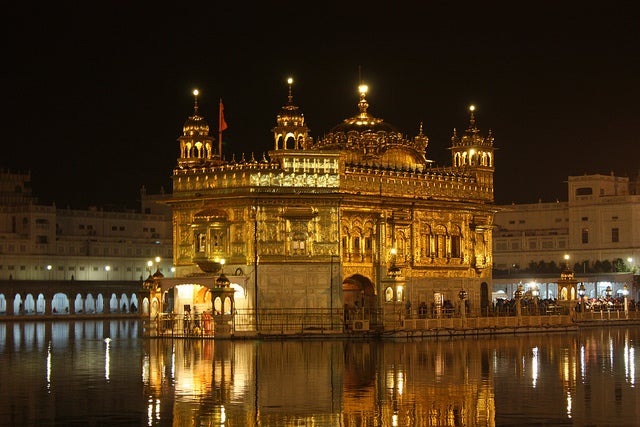
There are langars at gurudwaras across the world but the one at the Golden Temple may be the most grandiose. Their langar is always open so visitors can have a meal at any time of day or night. Credit: Arian Zwegers Flickr (CC BY 2.0)
On supporting science journalism
If you're enjoying this article, consider supporting our award-winning journalism by subscribing. By purchasing a subscription you are helping to ensure the future of impactful stories about the discoveries and ideas shaping our world today.

The meals are vegetarian, using about 1,300 kilograms of lentils and nearly 1,000 kilograms of rice. Credit: Paul Lemons Flickr All rights reserved
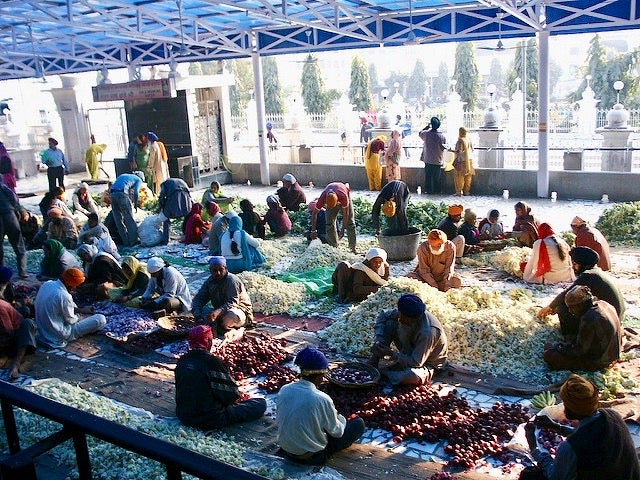
Almost 2,000 kilograms are prepped, done by the hundreds of volunteers and hired staff work with each other to put it all together. Credit: Kulveer Virk Flickr (CC BY 2.0)
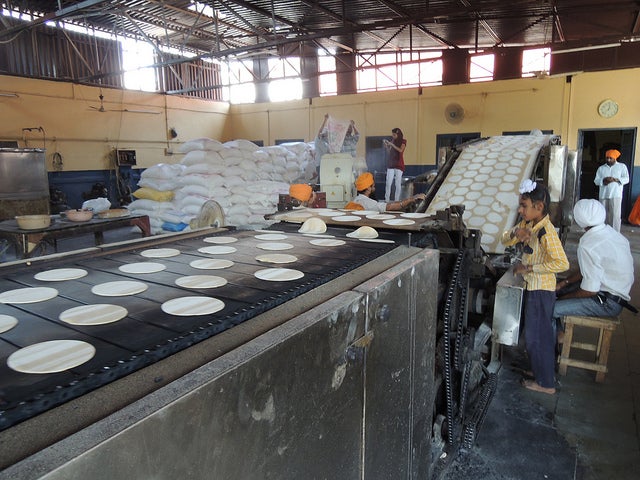
An average of 10,000 kilograms of wheat flour are ground to make about 200,000 rotis daily. Sometimes rotis are made by hand, but for busier days an automatic roti machine is used, which can make 25,000 rotis an hour. Credit: Ajay Goyal Flickr (CC BY 2.0)
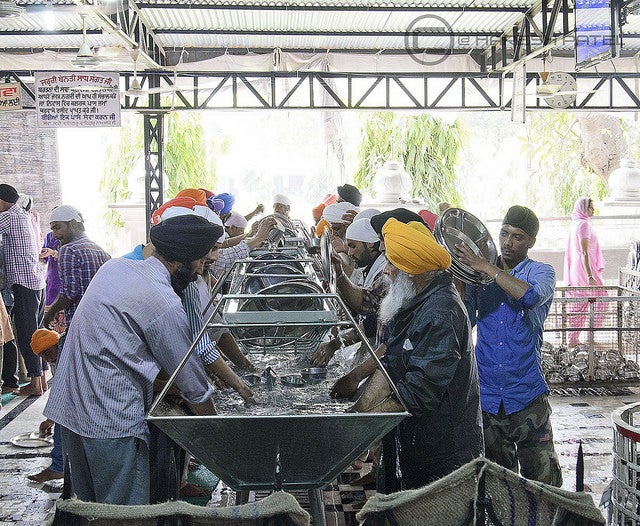
Equality is emphasized--not only does everyone eat together, they also share in all the aspects of preparing, cooking, and cleaning up afterward. About 300,000 plates and spoons are used to serve the communal meal. Credit: Haresh Patel Flickr (CC BY-ND 2.0)
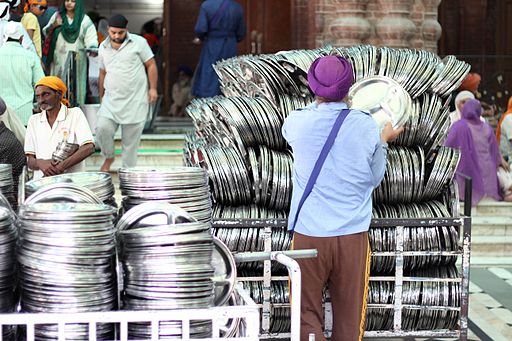
After they’re cleaned, the plates are stacked and returned to prepare for the next visitors. Credit: Ravneetn13 (CC BY-SA 4.0)